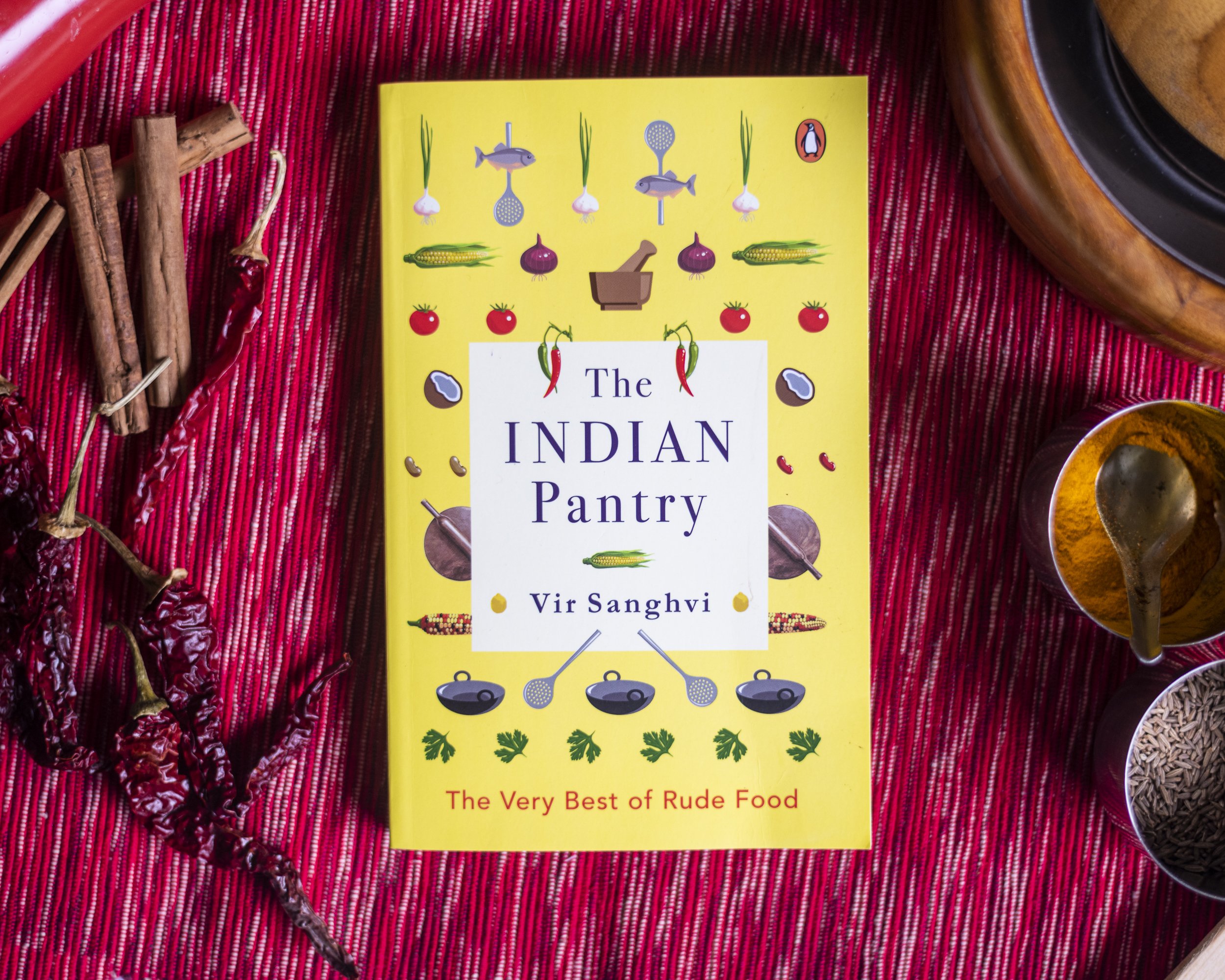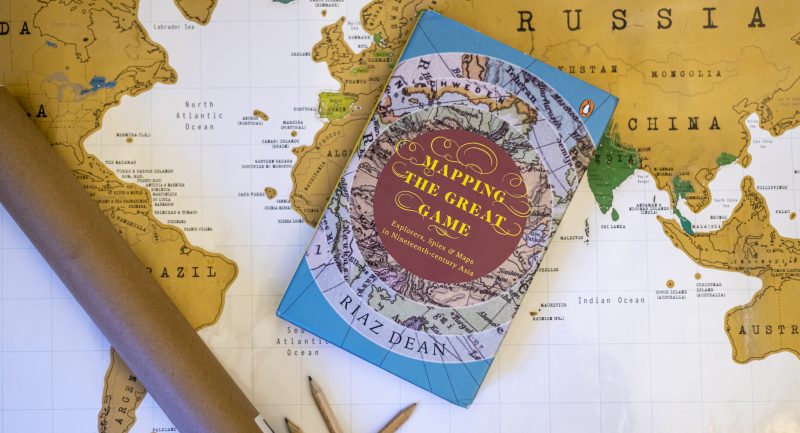
When it comes to knowing about dishes, Indian foodies are increasingly on par with the rest of the world. For home cooks, the wider integration of India into the global food scene has been accompanied by an enormous increase in the kinds of ingredients available.
In Vir Sanghvi’s The Indian Pantry, readers will get to find out some fun facts about everyday food items and dishes:
The sweet-sour flavour tango which is the true test of a good tomato is rarely found in Indian tomatoes.
~
You can cook the potato any way you like. You can boil it, roast it, bake it, fry it or cook it in a subzi, and it will still taste as good.
~
In European cooking, peas are valued for their taste largely because chefs don’t use the kinds of masalas that our cooks have access to.
~
The term corn doesn’t actually mean anything. Europe, it is used as a generic for any kind of cereal grain, one reason why there appear to be so many different kinds of corn.
~
The food of the Middle East, and the Mediterranean region as a whole, uses lots of baingan. Melanzane Parmigiana, one of the world’s most famous Italian dishes, for instance, is based on baingan.
~
As a general rule, wild mushrooms have more flavour than the cultivated variety; even a morel is much more flavourful than the white button mushroom you get in the shops.
~
The Pimiento de Padron—a bright-green chilli from the town of Padron in north-west Spain—has travelled around the world in recent decades as part of the global tapas craze.
~
The tamarind is not of Indian, or even Asian, origin. It originated in Africa and was brought to Asia by traders.
~
The guava comes from Brazil and was brought to Asia by the Portuguese. In Malaysia, it is called Jambu Portugis.
~
The Mango is a purely Indian plant even though it is now cultivated in many other parts of the world. There were mangoes in India over 4000 years ago and it crops up in ancient Sanskrit texts.
As the Indian middle class discovers the world, it finds that it has money to spend, that new prosperity is finding its first expression in its food choices.
The food boom is a symptom of a nation that is now confidently exploring the world, if not with its mind, certainly with its stomach! Get your copy of The Indian Pantry for the very best of (rude) food!









